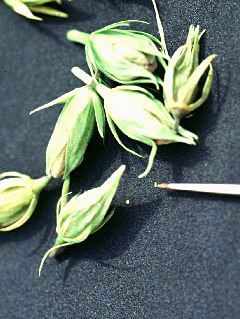 |
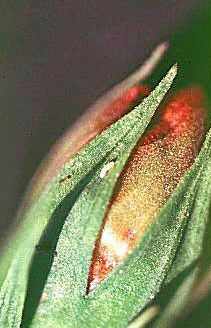
|
|
|
|
|
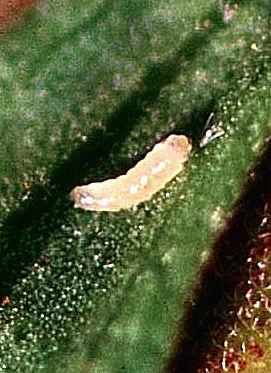
|
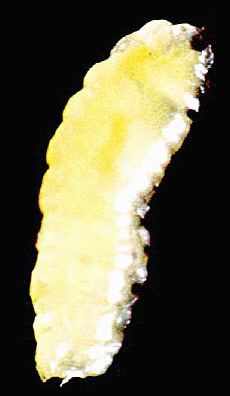
|
|
|
|
|
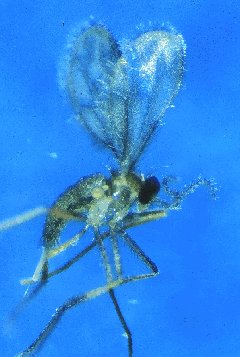 |
|
|
|
The gall midge is a small fly that lays it eggs in flower buds. When the eggs hatch, tiny worm-like larvae emerge that damage the young bud, causing it to fall to the ground. The larvae then leave the bud and enter the ground to pupate and reappear as flies in about 3 weeks. Growers are successfully combatting the midge by using insecticides like Orthene and Cygon to kill them when they are in the bud and granular products Dursban and Diazinon or one of the replacement products for these two like Triazicide to kill them in the ground. Products containing imidacloprid are also extremely useful.
|
|
Back to: Hibiscus Home Page |